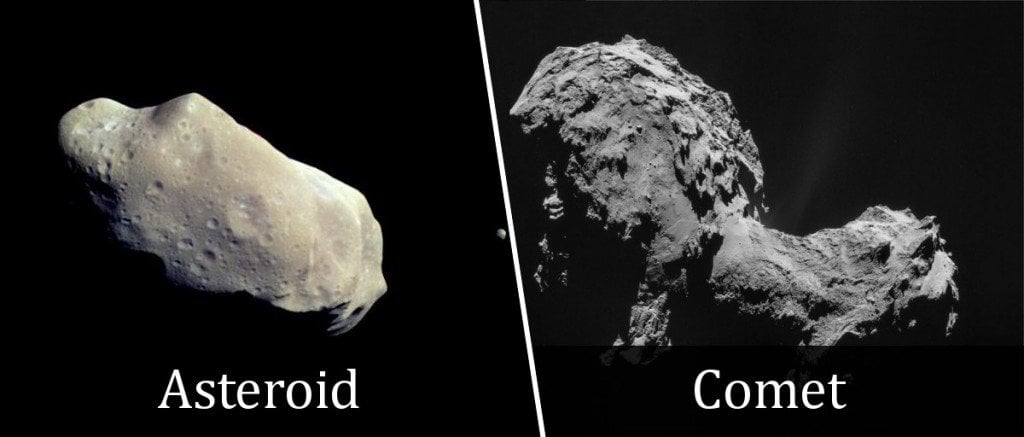
Astronomers refer to this region as the asteroid belt.Ītmosphere: The envelope of gases surrounding Earth or another planet. Most asteroids orbit in a region that falls between the orbits of Mars and Jupiter.
#ASTEROID VS METEOROID FULL#
Scientists were so busy searching for the asteroid 2012 DA14, they missed the meteor that exploded over Russia in 2013 - leaving meteorites scattered behind.Ĭheck out the full list of Scientists Say.Īsteroid: A rocky object in orbit around the sun.

Scientists study meteorites to understand how the Earth may have formed. They are very similar to the rocks that may have formed our planet billions of years ago. Meteorites haven’t changed a lot since they were formed early in the history of the solar system. But every once in a while, the remains hit the ground. Most of the time, meteors vaporize completely. We see them as streaks of light in the sky. They are so hot they are incandescent - meaning they emit light. They are heating up so much that their rock turns to vapor as they fall. Meteors are vaporizing asteroids or meteoroids. If one gets close, it might get grabbed by Earth’s gravity and fall through the atmosphere. The orbits of some asteroids and meteoroids bring these objects close to Earth. Those small chunks are called meteoroids. Some asteroids break off smaller chunks when they collide.

But asteroids are large enough to hit each other. They don’t form spheres and aren’t big enough to keep other objects out of their way. An asteroid is a small rocky object that orbits the sun. They all describe a rocky body from space. These are three words for the same object in different places. Hence, the main difference between meteor and meteoroid, is the fact that meteoroid is the piece of rock entering our atmosphere, while a meteor is the flash of light and burning debris following it.Asteroid (noun, “AS-tear-oyd”), Meteor (noun, “ME-tee-or”), Meteorite (noun, “ME-tee-or-ite”) If the meteoroid survives and lands on the surface of the Earth, or parts of it do, they are termed as meteorites. Usually, the meteoroid is small enough that it gets burned up in the process. a trail of light, which we refer to as a falling or shooting star. When these meteoroids enter the earth’s atmosphere they cause a meteor, i.e. These meteoroids can come from various sources, such as other planets, their moons, our moon, other asteroids, etc. The rule of thumb is that anything smaller than a kilometer is termed as a meteoroid, while anything bigger is an asteroid. The larger meteoroids are often termed as asteroids. The size of a meteoroid can range from the size of a grain of sand to a boulder sized particle weighing 220 lbs (100 kgs). However, mostly the object is a meteoroid.Ī meteoroid is any debris in the Solar System. Sometimes the falling debris is an asteroid that has been knocked off course and is pulled in by the earth’s gravitational pull. Many meteors appearing seconds or minutes apart, and appearing to originate from the same fixed point in the sky, are called a meteor shower. flash of light, is caused as the debris heats up due to the incandescence by the friction of the atmosphere. We often refer to meteor as a falling star or shooting star. Meteor is not the debris itself, but the flash of light caused by the debris. The size of a meteoroid can range from the size of a grain of sand to a boulder sized particle weighing 220 lbs (100 kgs).Ī meteor is the flash of light that follows a piece of interplanetary debris as it enters our atmosphere. A meteoroid is any debris in the Solar System.

Key difference: A meteor is the flash of light that follows a piece of interplanetary debris as it enters our atmosphere.


 0 kommentar(er)
0 kommentar(er)
